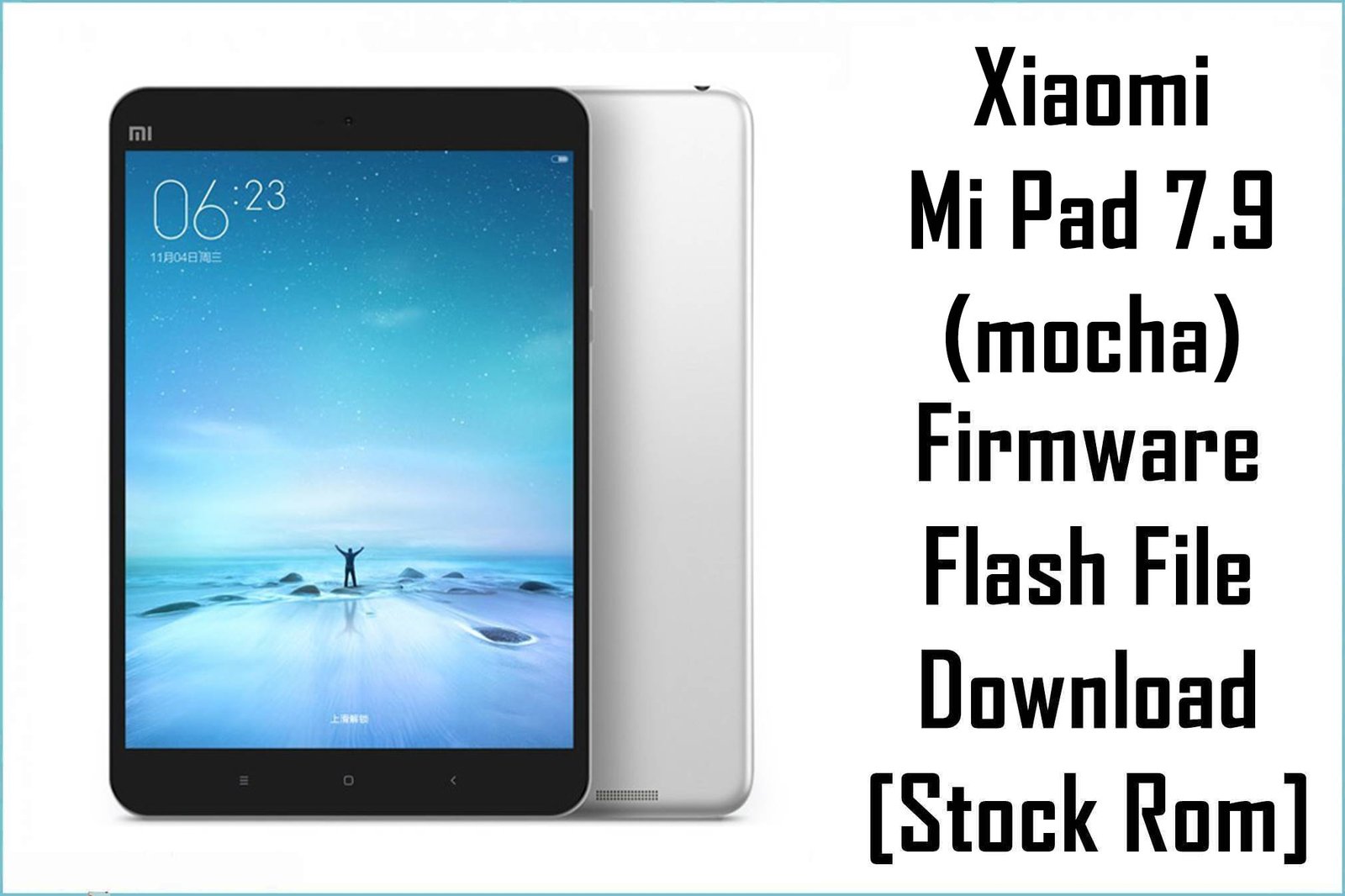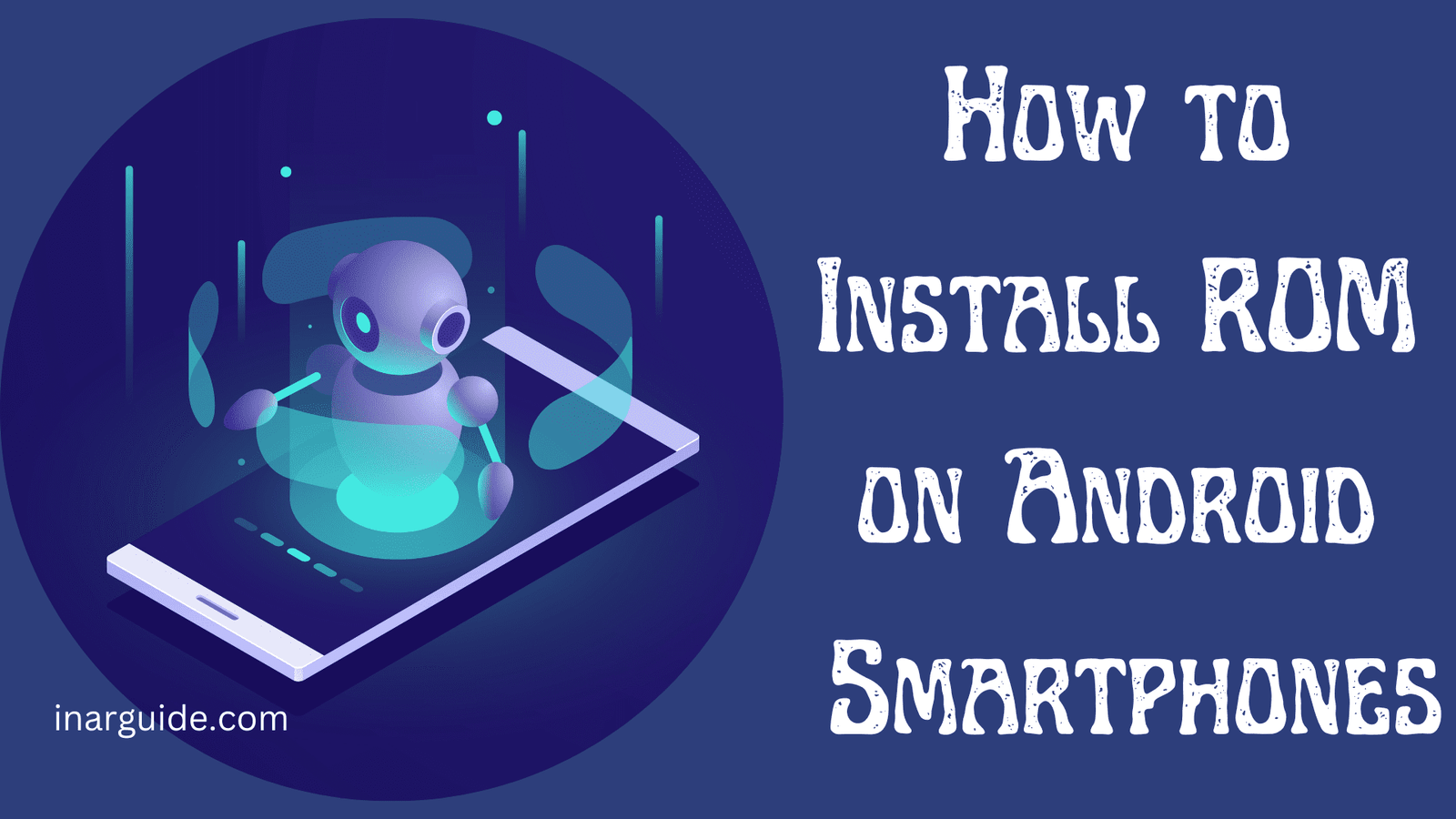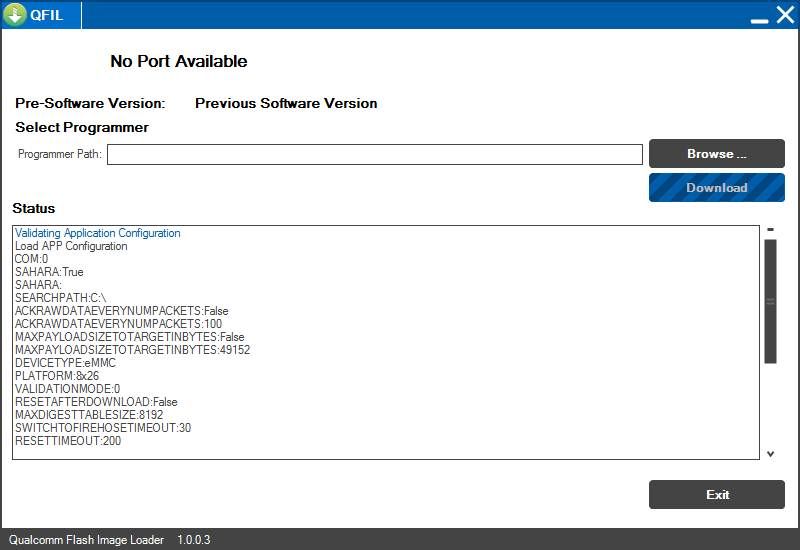The Xiaomi Mi Pad 1 (codename mocha) was Xiaomi’s groundbreaking first tablet, launched in 2014. It made waves in the tech community by being one of the first devices to feature the incredibly powerful NVIDIA Tegra K1 processor, which offered desktop-class graphics and made it a formidable gaming machine. The tablet also boasted a high-resolution 7.9-inch “Retina” display, rivaling premium competitors at a fraction of the cost.
Crucial Note on Firmware Naming: The official firmware files for the Mi Pad 1 are often mislabeled by Xiaomi as latte. Furthermore, some custom ROMs may incorrectly label the device as “Mi Pad 2”. Please be assured, the firmware build numbers provided here are confirmed to be for the original Mi Pad 1 (mocha). This guide will help you flash the correct software safely.
Quick Device Specs
- Device: Xiaomi Mi Pad 1 (mocha)
- Release year: 2014
- Chipset: NVIDIA Tegra K1
- Display: 7.9″ IPS LCD (2048 x 1536)
- Battery: 6700 mAh
- Original MIUI: Android 4.4.4 (KitKat), MIUI 6
Required Downloads
| File / Tool | Download Link |
|---|---|
| Xiaomi Mi Flash Tool | Download Latest Version |
| Xiaomi USB Drivers | Included with Mi Flash Tool |
| Bootloader Unlock Tool | Official Mi Unlock Page |
Official & Custom ROMs / Recovery
| Region | Build | Android | Type | Download | Codename |
|---|---|---|---|---|---|
| China | V9.6.2.0.LACCNFD | 5.1 | Official Fastboot ROM (File mislabeled as ‘latte’) |
Download | mocha |
| Xiaomi.eu (Custom) | V8.5.1.0.LACCNED (Based) | 5.1 | Custom Recovery ROM (File mislabeled as ‘MIPAD2’) |
Download | mocha |
| TWRP (Official) | 3.2.3-0 | — | Custom Recovery | Download | latte |
How to Flash Official ROM (Mi Flash Tool)
Use this method to unbrick your tablet or restore official MIUI firmware.
- Boot into Fastboot mode (Power + Volume Down).
- Extract the official firmware (.tgz file) and select the main folder containing the
/imagesdirectory in Mi Flash Tool. - Select clean all for a safe installation (you can use clean all and lock to return to a fully stock, locked state).
How to Install TWRP & Flash Custom ROMs
Use this method to install the Xiaomi.eu custom ROM or other community-developed ROMs.
What is TWRP? TWRP (Team Win Recovery Project) is a powerful custom recovery that replaces your tablet’s basic stock recovery. It is the essential tool needed to install, or “flash,” custom software like the Xiaomi.eu ROM (.zip file), and perform other advanced tasks like rooting.
Disclaimer: This is an advanced process. Proceed at your own risk.
- Unlock the Bootloader: This is a mandatory first step. Use the official Mi Unlock Tool.
- Flash TWRP:
- Boot your tablet into Fastboot mode (Power + Volume Down) and connect it to your PC.
- Using ADB & Fastboot tools, flash the downloaded TWRP
.imgfile with the command:
fastboot flash recovery twrp-filename.img
- Boot into TWRP: After flashing, immediately boot into recovery by holding Power + Volume Up.
- Install Xiaomi.eu ROM:
- In TWRP, it’s recommended to first go to “Wipe” and perform a Factory Reset.
- Transfer the Xiaomi.eu .zip ROM file to your tablet’s storage.
- In TWRP, tap “Install,” select the .zip file, and swipe to confirm the flash.
- Reboot your system once complete.
Device-Specific Troubleshooting for Mi Pad 1 (mocha)
The original Mi Pad is a classic Tegra device with unique characteristics.
- Firmware Naming Confusion: The #1 point of confusion for this device is the firmware naming. Files may be named latte or refer to the ‘Mi Pad 2’. Ignore these names. The only thing that matters is the build number’s device code. If the build contains AC (e.g., V9.6.2.0.LACCNFD), it is for the Mi Pad 1 (mocha).
- Hard Brick Recovery (APX Mode): If your Mi Pad 1 is completely unresponsive (hard bricked), the recovery method for its NVIDIA Tegra chipset is called APX mode. This is a low-level mode that requires special nvflash tools and PC drivers to restore the device. It is a complex procedure for advanced users.
- Overheating: The Tegra K1 processor is extremely powerful but is known to generate significant heat during intensive tasks like gaming. The back of the tablet can become very warm. This is normal behavior, but ensure good ventilation during heavy use.
- Using an Older Mi Flash Tool: For a classic device like the Mi Pad 1, the latest Mi Flash Tool may have compatibility issues. If you encounter errors, using a stable older version of the tool often solves the problem.
FAQs
Q1. Why do my files say latte or MIPAD2 if this article is for the Mi Pad 1 (mocha)? This is a known issue. The official filename on Xiaomi’s server was likely mislabeled as latte, and some custom ROM developers incorrectly labeled their files for the MIPAD2. However, the firmware’s internal build number (...LACCNFD...) is verifiably for the Mi Pad 1 (mocha), and that is the device it must be flashed on.
Q2. What made the Mi Pad 1 so special? It was Xiaomi’s very first tablet and a gaming powerhouse in 2014. Its NVIDIA Tegra K1 processor had graphics capabilities on par with desktop computers of that era, making it an incredibly popular device for mobile gaming.
Q3. Can I flash a Mi Pad 2 (cappu) ROM on this device? No, absolutely not. The Mi Pad 1 (mocha) uses an NVIDIA Tegra K1 chipset. The Mi Pad 2 (cappu) uses an Intel Atom chipset. Their architectures are completely different, and their firmwares are incompatible.






![Motorola Moto E20 XT2155-3 Firmware Flash File Download [Stock ROM] Motorola Moto E20 XT2155-3](https://www.inarguide.com/wp-content/uploads/2022/01/Motorola-Moto-E20-XT2155-3.jpg)